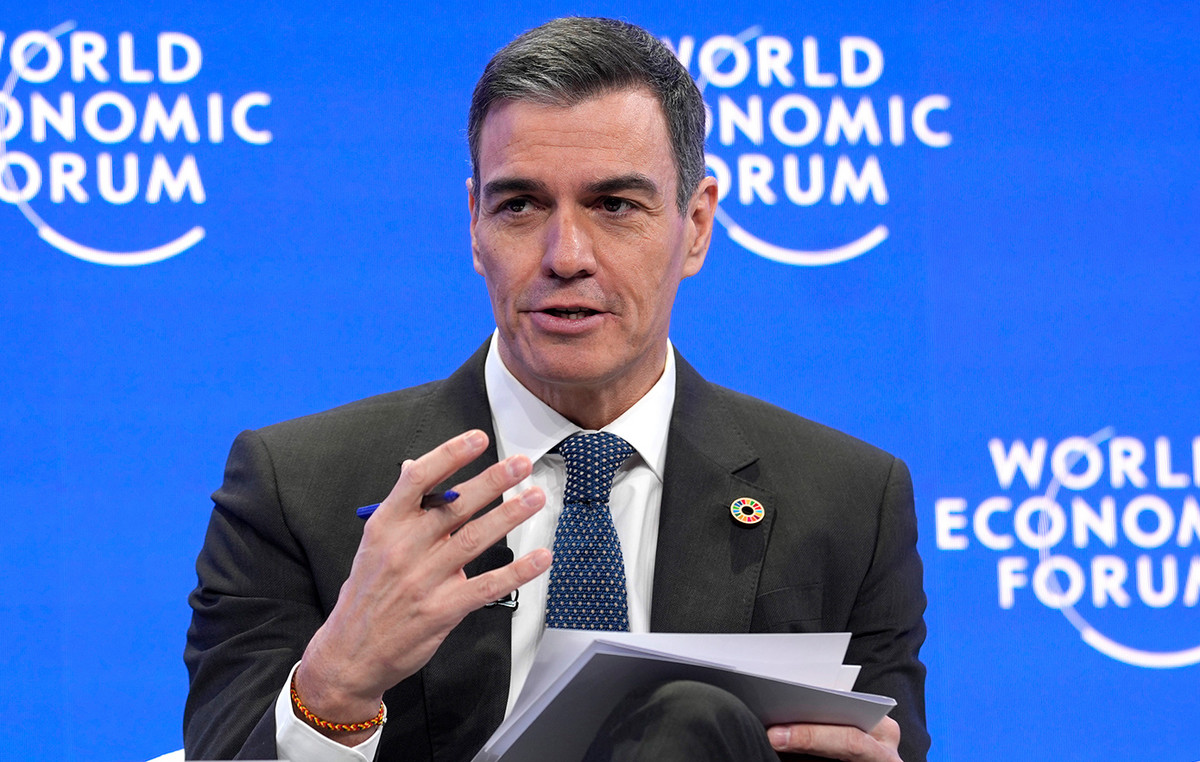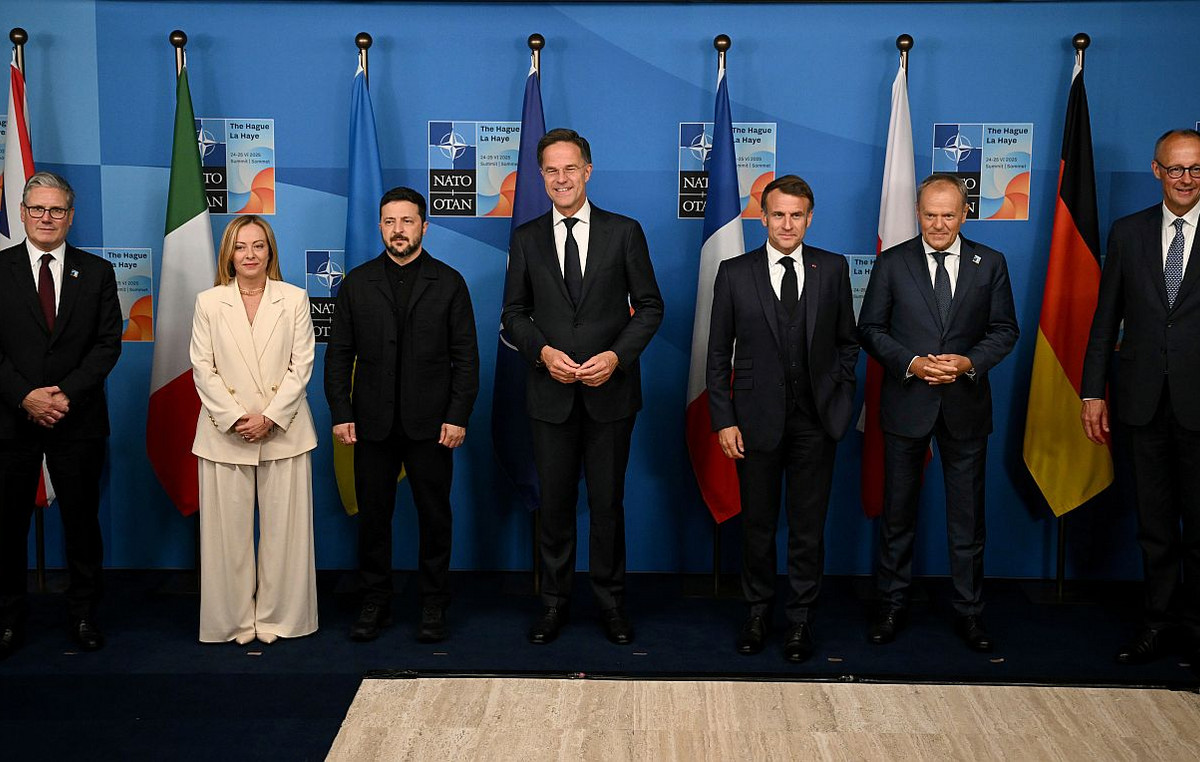Oil prices could rise to $120 a barrel if Russia’s oil exports are hurt by tensions with Ukraine, forecasts by JPMorgan Chase say.
The forecast underscores how a potential invasion of Ukraine would cause widespread ripple effects felt by inflation-weary consumers across the world.
“Any disruptions to Russian oil flows in a context of low idle capacity in other regions could easily push oil prices to $120,” Natasha Kaneva, head of global commodities strategy at JPMorgan, wrote in the report published last week. Tuesday (8).
That increase of about $91 today would push prices up at the pump, which hit a new seven-year high on Wednesday.
JPMorgan has warned that if Russian oil exports are cut in half, Brent oil prices are likely to rise to $150 a barrel. The all-time high for oil prices was set in July 2008, when Brent hit a record $147.50 a barrel.
How the oil supply could be threatened
Russia-Ukraine tensions have helped inflate oil prices in recent weeks. Brent crude hit a new seven-year high of $94 a barrel on Monday, though it has since retreated to around $91.
Russia is the world’s second largest producer of oil and natural gas, second only to the United States in each category.
The country plays a key role in OPEC+, the producer group that has only gradually returned to increasing production that was sidelined during the onset of Covid-19.
The Russia-Ukraine crisis poses several risks for the oil market.
First, such a conflict could damage the energy infrastructure in the region. Second, Western powers could try to punish Russia by imposing sanctions that hurt the country’s energy exports, although US officials have signaled a preference for penalizing other sectors of its economy first.
And there is a risk that Russian President Vladimir Putin will retaliate by arming oil and natural gas exports. Higher natural gas prices in Europe would increase demand for oil as factories and power plants shift to oil.
Pump prices are at a seven-year high
Oil prices have cooled somewhat in recent days in hopes of easing Russia-Ukraine tensions, as well as signs of progress towards reaching a new Iranian nuclear deal.
Gas prices, which move with a lag relative to oil, are still catching up with the recent rise in oil. The national average for gasoline hit $3.47 a gallon on Wednesday, up seven cents just last week, according to the American Automobile Association (AAA).
Despite the Russia-Ukraine standoff, the Energy Department’s forecasting arm is projecting that energy prices will cool down later this year, when supply finally meets demand.
The US Energy Information Administration (EIA) projects that gasoline prices will average $3.24 per gallon this year. This is below current levels, although it is above the EIA’s December forecast for $2.88 per gallon in 2022.
The EIA expects prices at the pump to drop below $3 a gallon in the last quarter of this year and for Brent crude to drop to an average of $68 a barrel for the whole of 2023.
Russia is also a leader in the production of natural gas – and its biggest customer is Europe, which already faces very high home heating costs.
“A disruption to exports on any of the major pipelines could put Europe’s natural gas balance in a precarious situation, particularly as 2022 started with record low European gas inventories,” JPMorgan warned.
Source: CNN Brasil
I am Sophia william, author of World Stock Market. I have a degree in journalism from the University of Missouri and I have worked as a reporter for several news websites. I have a passion for writing and informing people about the latest news and events happening in the world. I strive to be accurate and unbiased in my reporting, and I hope to provide readers with valuable information that they can use to make informed decisions.







